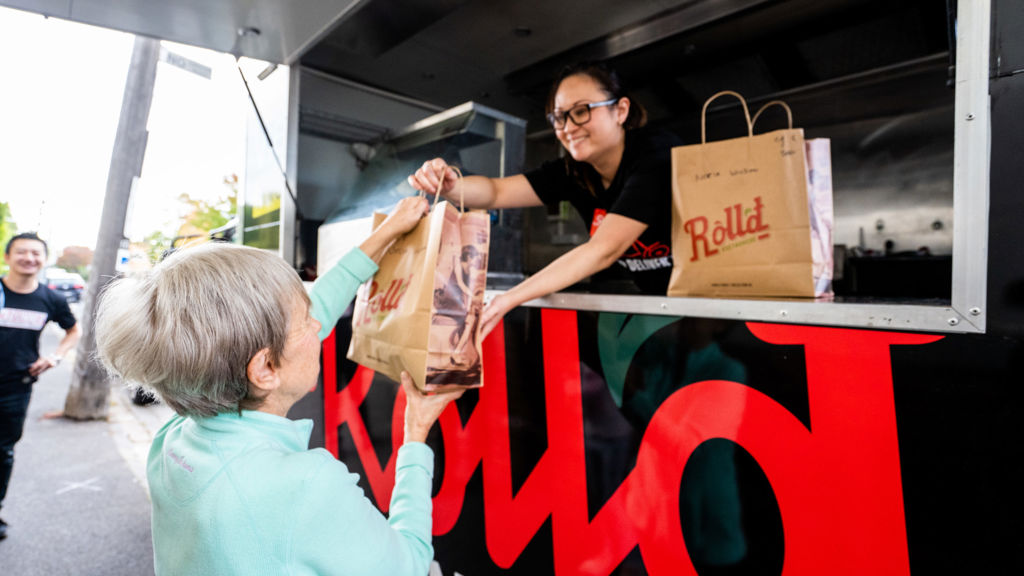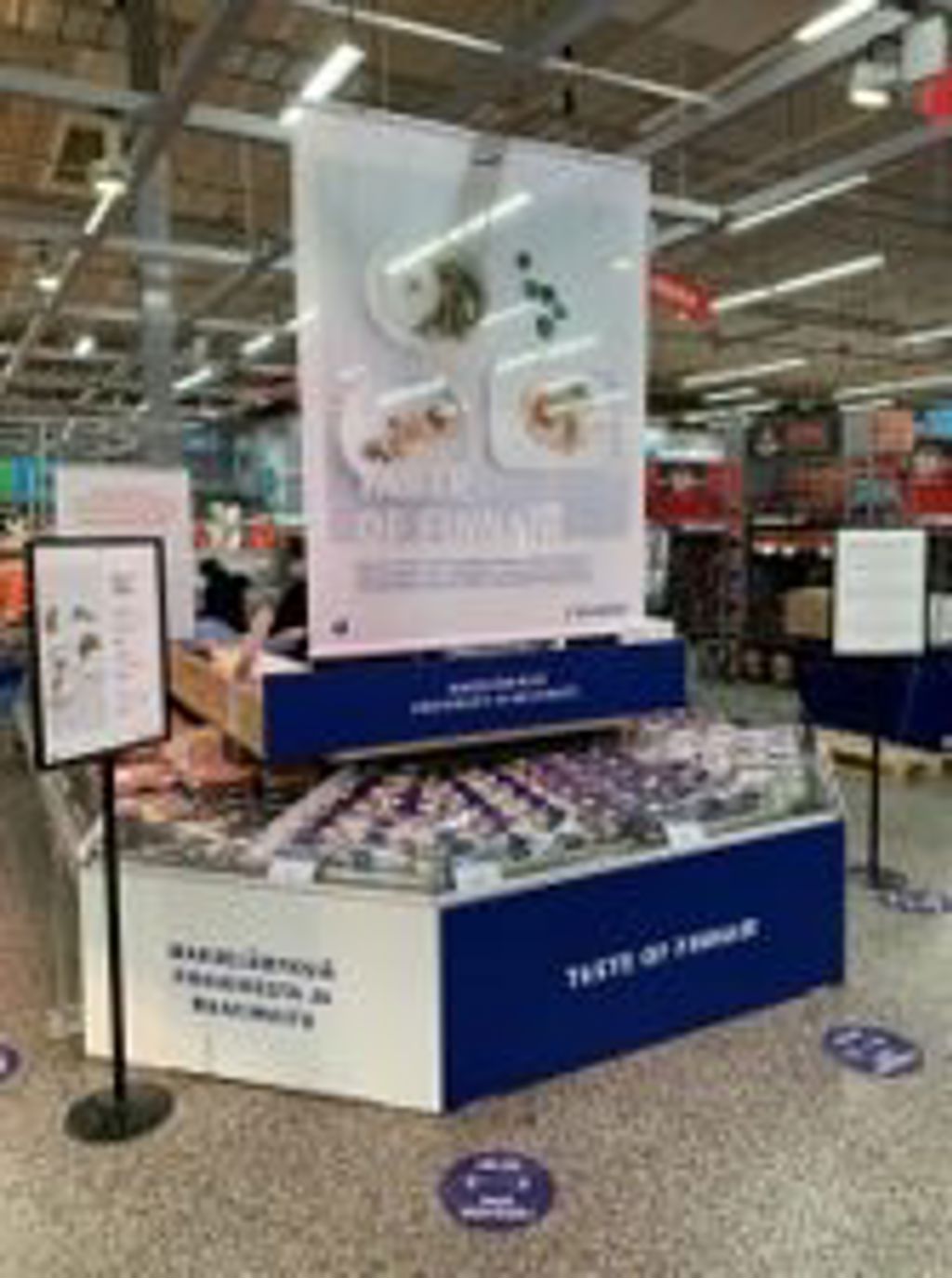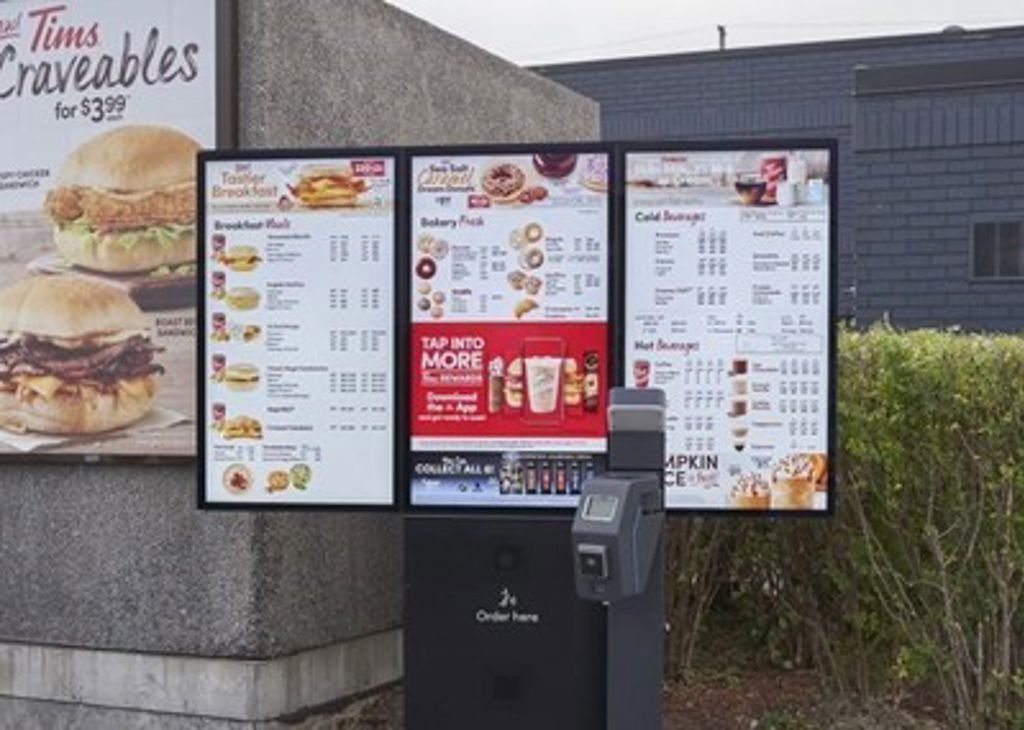During Euromonitor International’s annual consumer foodservice industry research, analysts on the ground in 54 countries are asked to find the most innovative new foodservice concepts launched in their home markets that year. Collectively, these concepts offer an important glimpse of emerging local and regional trends, and often indicate the start of broader global shifts.
This year was exceptional. Amidst the Coronavirus (COVID-19) pandemic, analysts were given the difficult task of finding innovative concepts that succeeded despite the obvious challenges of the global crisis. In some cases, new restaurants, services and digital platforms found new or niche opportunities during lockdown. In other cases, concepts that already existed made adaptations to remain relevant. In addition to serving as an invaluable research tool, an internal contest is conducted – now it its sixth annual edition – and the winners, chosen by vote from Euromonitor employees across the organisation, are shown below.
Perhaps more than ever it is important to highlight success stories. These examples offer the best of innovative service, emerging collaborative models, cross-industry partnerships, and world-class technology to show not only how foodservice can remain relevant during uncertain times, but also where the industry is headed moving forward.
Source: Roll’d
Roll’d Runner in Melbourne, Australia
Launched: April 2020
Roll’d is a limited-service chain specialising in Vietnamese street food. During the pandemic, Roll’d launched its “Runner” concept of mobile food trucks to be more accessible to consumers confined at home. Like standard delivery, orders are placed online and delivered with these trucks, but the meal is also produced on location outside the consumer’s home to ensure it is as fresh as possible upon arrival. This allows Roll’d to avoid the fees charged by third-party delivery players and to stand out from other delivery offerings in freshness and quality.
Delivery services are getting better and more efficient and the food quality, from the packaging to the preparation methods, is improving as well. The boost in demand for home delivery is unlikely to recede to pre-pandemic 2019 levels, which means the competition will be greater and the expectations from consumers higher than ever. Anything a restaurant chain can do to stand out in delivery in terms of service and quality will go a long way as a competitive advantage once the pandemic recedes.
Source: K-Citymarket Tammisto
K-Citymarket Tammisto in Vantaa, Finland
Launched: March 2020
K-Citymarket is a hypermarket chain in Finland. The Tammisto outlet expanded into ready-made meals during the pandemic, offering packaged meals from the menus of existing local restaurants. Around ten different restaurants, representing a variety of cuisine types, are participating. A separate offering is also available from Finnair, the country’s national airline, under the “Taste of Finnair” banner, which has become one of the best-selling products in the store.
This kind of partnership between retailer and foodservice was win-win and it is likely something we will see more of in the future. The outlet became an alternative sales and marketing channel for the restaurants – a good thing even without the pandemic – while diversifying the product mix and generating marketing buzz for the retailer. Similarly, Finnair will have gained much needed brand attention during lockdown. Grocery store meal kits are also likely to be a long-term development, providing retailers and foodservice players alike a new occasion type for consumers who will spend more of their time at home.
Source: Restaurant Brands International Inc
Restaurant Brands International New Drive-Through Menu Boards in Canada
Launched: October 2020
Restaurant Brands International, the parent company of Burger King, Popeyes and Tim Hortons in Canada, launched a new drive-through service in select Tim Hortons outlets during the pandemic. Menu boards in the drive-through lanes were digitised and dynamic, allowing the offerings to change based on things like the weather, the time of day, a consumer’s order history and other personalised preferences. The menu boards are dynamically linked to a consumer’s digital loyalty program and payment can be made digitally or through contactless means. Restaurant Brands International plans to install these menu boards in 10,000 locations across Canada and the US by 2022.
Drive-through was one of the few bright spots for limited-service restaurants during the pandemic as consumers chose to limit personal contact by driving and ordering takeaway by car. This brings the kind of innovation already underway inside the outlet to the drive-through, making this channel a potentially more attractive route in the future. The company’s digital push at the drive-through is also the latest attempt from a global foodservice brand following similar efforts from McDonald’s in 2019. This means dynamic drive-through menu boards could become an industry standard in the coming years.
Innovation in 2020 offers a roadmap for 2021
Global foodservice sales fell an unprecedented 26% in 2020, according to Euromonitor data, with spending levels unlikely to recover to pre-pandemic levels until 2023. Even as restrictions on operators are lifted, consumer demand is expected to return only gradually. Consumers will likely remain cautious in their spending and in their personal contact, and consumers will spend more time at home due to lingering travel restrictions and increased flexibility in remote work. In contrast to previous years where healthy economic conditions boosted consumer foodservice spending across the board, recovery in most countries will be a slow and steady process and the competition for share of returning opportunities will be intense.
The above concepts show that innovative service not only made sales possible in 2020 but innovation will also help these brands stand out during recovery. Moving forward, restaurant operators will need to reach consumers with a new kind of convenience, one that is more digital and more home-oriented, as delivery accelerates to become the single most important opportunity for future foodservice sales. More broadly, new service economy partnerships will form amongst foodservice operators, retailers and even travel brands to generate more durable, equitable business models that resonate with consumers in a post-pandemic market environment in new ways.



